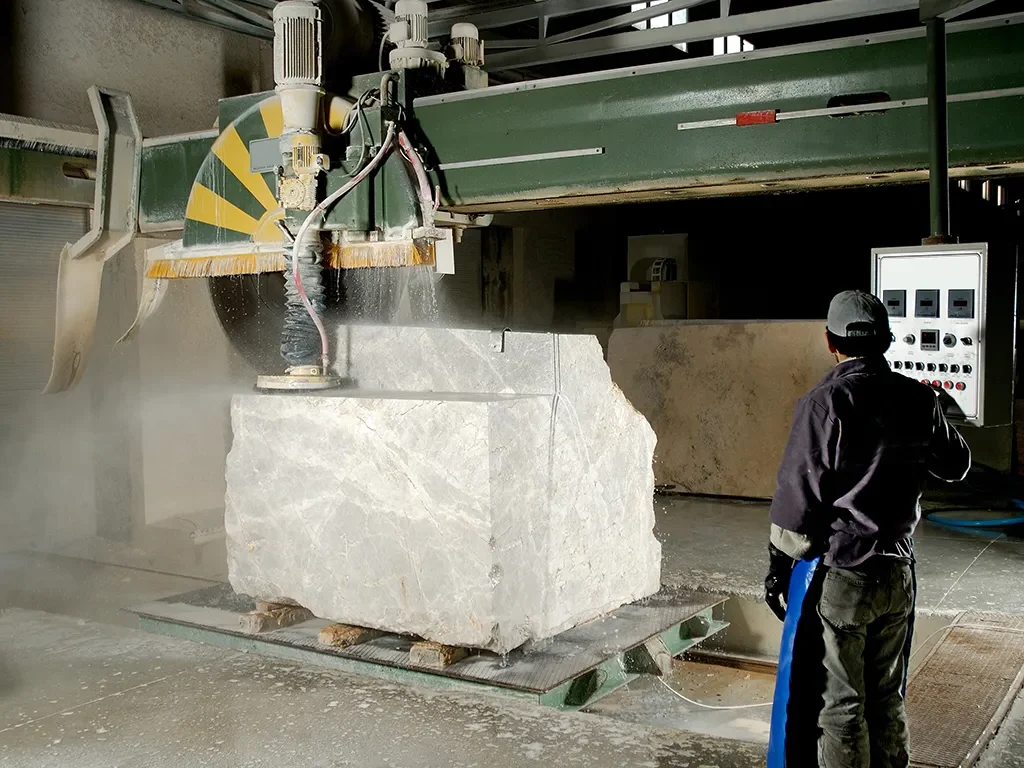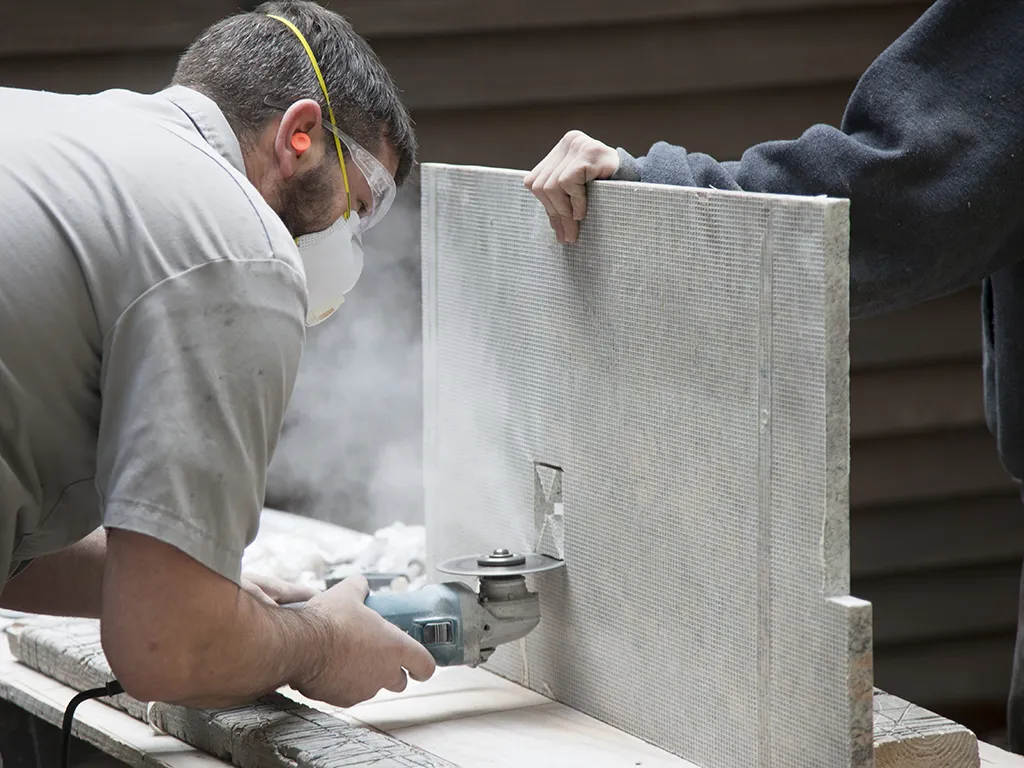What is Silicosis?
Silica Disease (such as Silicosis) is a severe lung disease caused by the inhalation of crystalline silica. This toxic dust is so tiny it can settle in the deepest parts of the lungs and build up over time, causing several incurable diseases such as:
- Silicosis
- Chronic Obstructive Pulmonary Disorder (COPD)
- Autoimmune diseases
- Chronic bronchitis
- Lung cancer
- Chronic renal disease
If you’ve experienced a silica-related injury or illness, your employer may be liable for damages due to their negligence. You might also qualify for compensation through a superannuation or insurance policy or the government’s WorkCover scheme.
Our highly qualified and compassionate compensation lawyers strive to make the claims process as painless as possible, so you can live more and worry less.
Get a FREE Claim AssessmentWhat does silicosis compensation cover?
If you’ve suffered an illness due to silica dust exposure, you could qualify for:
Repayment of medical costs
Counselling for you and your family
Weekly compensation for regular earnings (where applicable)
Assistance for returning to work (if applicable)
Lump sum compensation (depends on your situation; discuss with your WorkCover contact)
Help with financial hardships
Each case is unique and the outcome will depend on the specific circumstances and damage severity. Gain clarity by talking to our trusted compensation lawyers today.

High-risk occupations for silica exposure
Mining, demolition and construction workers face a higher risk of developing work related lung diseases. Stonemasons in particular are known to develop silicosis due to consistent workplace exposure. Their tasks involve cutting, grinding, sanding, and polishing engineered stone benchtops, which contain exceptionally high levels of crystalline silica (up to about 95%).
The most at-risk activities include:
- Manufacturing and fitting composite stone countertops
- Excavation, earth moving, and drilling
- Clay and stone processing
- Paving and surfacing work
- Mining, quarrying and mineral ore treating processes
- Tunnelling activities
- Construction labour
- Brick, concrete, or stone cutting
- Abrasive blasting
- Angle grinding, jack hammering, and concrete or masonry chiselling
Unsure if you’re eligible for compensation? Organise a free, no-obligation consultation with our silica claim specialists today.

Leave the Legal Jargon to The Experts
Navigating claim negotiations might seem clear-cut, but most quickly become complex, causing more confusion and concern than expected. Our seasoned personal injury lawyers are here to alleviate your stress.
We take care of everything without any upfront fees – from filing claims to negotiating settlements and representing you in court if necessary. Leading with honesty and compassion at every stage, we’ll fight to secure the compensation and peace of mind you deserve. Taking the first step is the hardest – we make it easy with a no-cost, no-obligation consultation.
Enquire NowWe’ve helped hundreds of clients since 2018
Want to know if you have a claim?
Our lighting-fast, user-friendly online claim checker can confirm if you have a valid claim.

Silicosis Claims FAQs
What time limits apply for silicosis claims?
Time limits for silicosis claims vary based on the type of compensation sought:
- For workers’ compensation claims in Queensland, you have 6 months from diagnosis.
- There are no time limits for Queensland-based silica exposure claims but any delay could be prejudicial to your interests. Claims should be lodged in a person’s lifetime to maximise compensation.
Consulting a lawyer is crucial if you’ve been diagnosed with silicosis and aim to pursue a claim. Contact our skilled personal injury lawyers today to explore your compensation options.
Who pays the silicosis compensation?
Silicosis workers’ compensation claims are typically covered by employers’ insurance, often provided through WorkCover Queensland. In cases where an employer is self-insured, the process may vary slightly, but they are still governed by the same legislation as WorkCover Queensland.
Regardless of the insurer, the compensation claim for silicosis is directed against and paid out by the insurer.
How is silicosis diagnosed?
Your doctor will inquire about your symptoms and work history, conducting a physical examination and using a stethoscope to listen to your lungs. Ensure to inform the doctor about your exposure to silica dust and any safety equipment provided during work, such as a face mask.
- To confirm the diagnosis, the doctor might recommend:
- A chest x-ray to detect lung abnormalities
- A CT scan of your chest for detailed lung images
- Lung function tests (spirometry) to assess lung performance
What are the different types of silicosis?
There are three main types:
- Chronic silicosis: Occurs after more than 10 years of exposure to silica dust.
- Accelerated silicosis: Develops after 3 to 10 years of silica dust exposure.
- Acute silicosis: Develops within weeks or months of exposure to silica dust.
What is the average compensation amount for silicosis claims?
The average payout for silicosis in Australia varies widely because each case is factually sensitive. The specific amount depends on the type and severity of the diagnosed silicosis disease. These payouts are generally aimed to assist in covering pain and suffering, past and future loss of wages and ongoing medical expenses.


